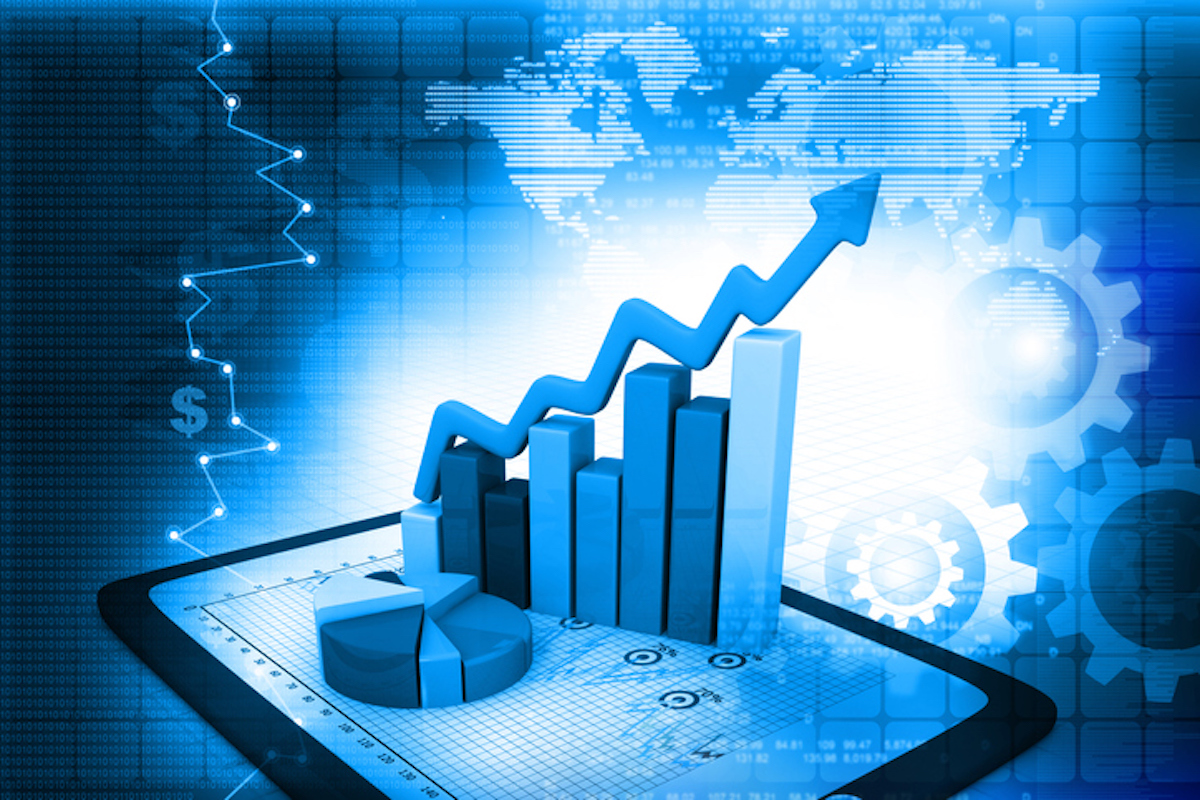Stock market ends five-day winning streak
At close, Sensex was down 609.28 points, or 0.82%, at 73,730.16. Meanwhile, Nifty opened higher at 22,620.40 and touched a low of 22,419.90 in intraday trades.
Seven stocks, making up close to $ 11tn in market capitalisation today, contributed 73 per cent of returns of the S&P 500 in the first half of 2023, a crescendo to FANG, FAANMG and tech leadership, BofA Global Research said in a report.

File Photo
Seven stocks, making up close to $ 11tn in market capitalisation today, contributed 73 per cent of returns of the S&P 500 in the first half of 2023, a crescendo to FANG, FAANMG and tech leadership, BofA Global Research said in a report.
These top seven stocks, Amazon, Apple, Alphabet, Meta Platforms, Microsoft, Nvidia and Tesla, are called as the ‘Magnificent Seven’.
The Top 7 stocks drove 73 per cent of S&P 500 gains in 1H, each up 90 per cent on average in 1H.
Advertisement
These have a market capitalisation of roughly equivalent to half of US GDP.
They gained $4tn+ YTD, more than GDP growth of Japan (3rd largest economy).
Apple’s market capitalisation exceeds that of the entire Russell 2000 index.
Tech, Media, and Telecom (TMT) companies have contributed 30 per cent of S&P 500’s earnings growth since 2010.
TMT represents 8 per cent of US GDP, 17 per cent of S&P EPS and 40 per cent of S&P mkt cap, the report said.
On the reasons for market concentration, the report said ultra-low rates and a lackluster economy in the 2010s created the perfect petri dish for idiosyncratic, secular growth and disruptive themes to flourish.
This coupled with market-capitalisation weighted index inflows favoring larger companies, global Tech Wars driving big spend, fiscal support and lighter regulation, a pandemic hastening more tech adoption, e-commerce, cloud, today’s nascency-to-maturity theme: AI, and Tech IPOs incubating longer and debuting as hypergrowth mega caps.
“Irrational exuberance, top-heavy markets and speculative bubbles of one sort or another trace back to the 1700s’ tulips. In our career, the Nifty 50 of the mid-90s morphed into the Internet Bubble of the late ‘90s, the Housing Bubble of the 2000s, cryptocurrency of the 2010s,” the report said.
Bubbles fueled by excessive leverage, democratisation of markets and rampant speculation tend to end badly. But real disruptors can do well. The 2000 Tech Bubble saw consolidation and relative losses for about a decade but 1 in 5 IPOS of the late 1990s survived and are today’s blue chips.
Advertisement